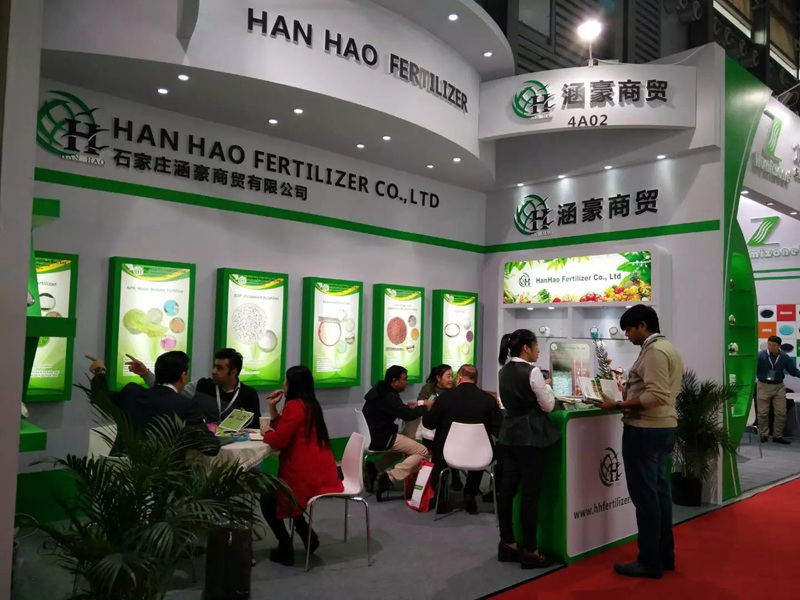
Oct . 21, 2024 17:05 Back to list
Premium Granular Urea Fertilizer 46-0-0 for Optimal Plant Growth and Nutrition
High Quality 46-0-0 Urea Granular Fertilizer A Key to Agricultural Success
In the world of agriculture, the right fertilizer can make all the difference in crop yield and quality. Among the myriad of fertilizers available, high-quality 46-0-0 urea granular fertilizer stands out due to its exceptional nitrogen content, ease of application, and effectiveness in promoting robust plant growth. This article explores the characteristics, benefits, and applications of this potent fertilizer.
Understanding Urea Fertilizer
Urea is an organic compound that contains a high concentration of nitrogen, making it one of the most popular nitrogenous fertilizers worldwide. The designation 46-0-0 signifies that urea contains 46% nitrogen, with no phosphorus or potassium. This high nitrogen content is particularly beneficial for crops that have a high demand for nitrogen, such as corn, wheat, and rice. The granulated form of urea ensures ease of handling and application, whether it is broadcasted, banded, or incorporated into the soil.
Benefits of 46-0-0 Urea Granular Fertilizer
1. High Nutrient Efficiency The high nitrogen content in urea means that farmers can apply a lower volume of fertilizer while still achieving high nitrogen rates. This not only saves on application costs but also minimizes the potential for nutrient runoff, which can have detrimental environmental impacts.
2. Immediate Accessibility Urea is quickly converted to ammonium by soil microorganisms, making nitrogen readily available for plant uptake soon after application. This quick release of nutrients is critical during the early growth stages of plants when their nitrogen needs are highest.
3. Soil Health Improvement The application of urea can enhance soil health by increasing microbial activity and improving soil structure. A healthy soil ecosystem is essential for sustainable farming practices, leading to better water retention and nutrient availability for plants.
4. Cost-Effectiveness High-quality 46-0-0 urea granular fertilizer is often more economical than other forms of nitrogen fertilizers. Its high nutrient density means that less product is required to achieve desired growth outcomes, making it an attractive option for farmers.
5. Versatility This fertilizer can be used in a variety of agricultural applications, including grain crops, vegetables, fruits, and even ornamental plants. Its versatility makes it a valuable tool in every farmer's arsenal.
Application Techniques
high quality 46-0-0 urea granular fertilizer

Applying high-quality 46-0-0 urea granular fertilizer can be done through several methods, each of which has its advantages
- Broadcast Application This method involves spreading the fertilizer evenly over the field
. It is commonly used for large areas and can be done before or after planting.- Banding Here, fertilizers are placed in bands below or alongside the seed row. This method allows crops to access nutrients more efficiently while reducing the risk of volatilization.
- Incorporation Mixing urea into the soil can minimize nitrogen loss to the atmosphere, particularly in warm and windy conditions. This method is effective in maintaining the fertilizer's efficacy and reducing environmental impact.
Considerations for Use
While 46-0-0 urea granular fertilizer is highly effective, it is important for farmers to consider several factors before application
1. Timing Applying urea at the right time in relation to plant growth stages is crucial. Over-application can lead to nitrogen burn and other nutrient imbalances.
2. Environmental Conditions Factors such as temperature, soil moisture, and pH can significantly affect the effectiveness of urea. It is vital to monitor these conditions to ensure optimal fertilizer performance.
3. Soil Testing Conducting regular soil tests can help farmers determine the existing nutrient levels and adjust their fertilizer applications accordingly. This practice promotes efficient use of resources and enhances yield.
Conclusion
High-quality 46-0-0 urea granular fertilizer is an indispensable component of modern agriculture. With its high nitrogen content, cost-effectiveness, and ease of use, it empowers farmers to enhance their crop yields while promoting sustainable farming practices. By understanding its benefits and applying it wisely, agricultural producers can ensure healthier plants and a more productive harvest, contributing to food security and economic stability across the globe.
-
Premium Amino Acid Fertilizer | Rapid Plant Growth Booster
NewsJul.31,2025
-
10 10 10 Fertilizer Organic—Balanced NPK for All Plants
NewsJul.30,2025
-
Premium 10 10 10 Fertilizer Organic for Balanced Plant Growth
NewsJul.29,2025
-
Premium 10 10 10 Fertilizer Organic for Balanced Plant Growth
NewsJul.29,2025
-
Premium 10 10 10 Fertilizer Organic for Balanced Plant Growth
NewsJul.29,2025
-
50 Pound Bags of 13-13-13 Fertilizer for All Plants – Bulk & Organic Options
NewsJul.28,2025
